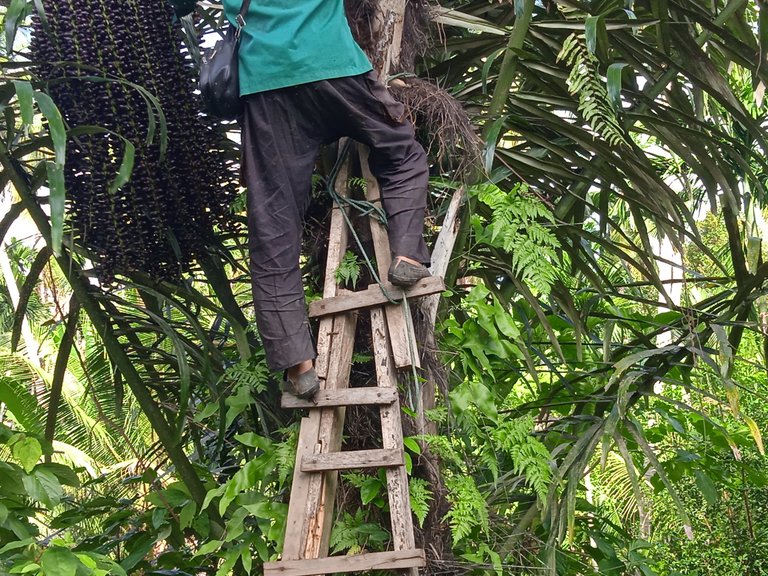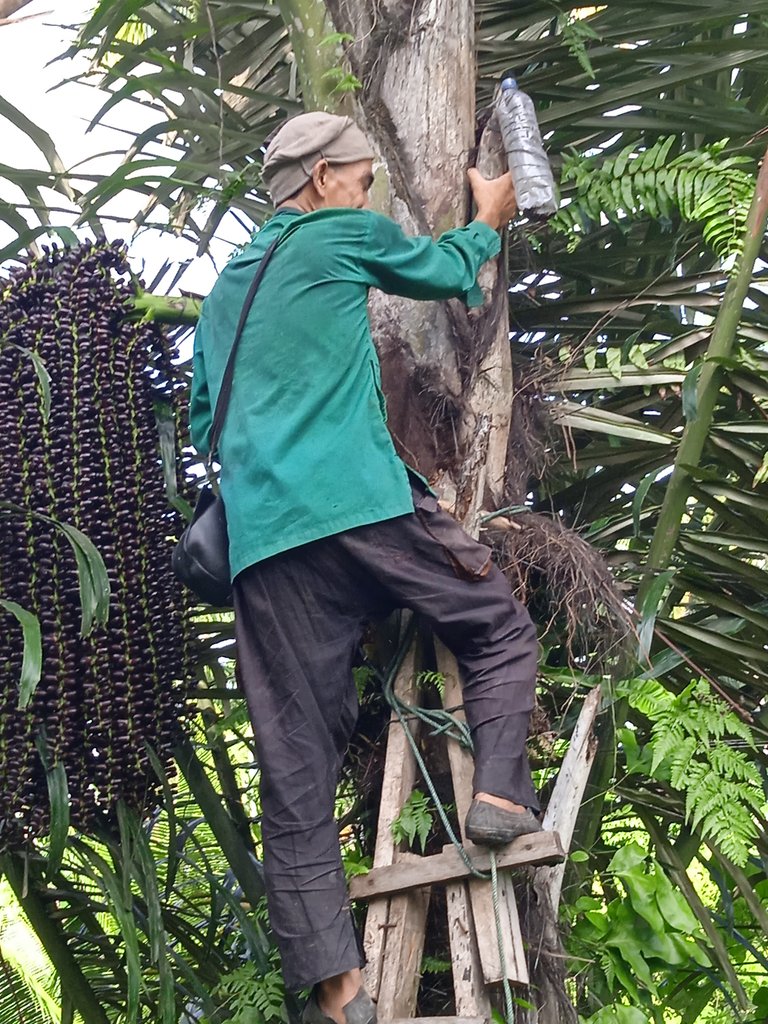
Taking sap from trees to process them into menisan is an activity carried out by many people in several regions in Indonesia, including in our area. This process begins by taking sweet water from the trunk of a young coconut tree or sugar palm tree. Farmers will make a small hole in the tree trunk and place a container underneath to catch the sap that comes out. The sap that has been collected is then processed by heating until it becomes a thick and sweet syrup.
This sap syrup is usually added with several other ingredients such as pandan leaves or brown sugar to give it a more delicious taste. After the processing process is complete, the sap syrup is ready to be served as a refreshing drink. Menisan is not only delicious to drink, but also has various health benefits.



The natural sugar content in sap water can provide additional energy for the body. Apart from that, sap water also contains various important vitamins and minerals needed by the body, such as vitamin C and potassium. Apart from that, extracting palm sap from trees can also provide economic benefits for local communities.
The process of extracting and processing sap water can create new jobs and provide additional income for farmers. Apart from that, menisan products can also be sold to local and regional markets to increase people's income. However, even though taking sap water and processing it into menisan is a useful activity, we must also preserve the environment and the trees where the sap water comes from.



Excessive extraction of sap water can damage the natural balance and disrupt the survival of these trees. Thus, taking sap from trees to process them into menisan is an activity that not only provides health and economic benefits, but must also be done in a sustainable and responsible manner.
By preserving the environment and the trees where the sap comes from, we can continue to enjoy the benefits of menisan and also maintain the continuity of this tradition for our future generations.